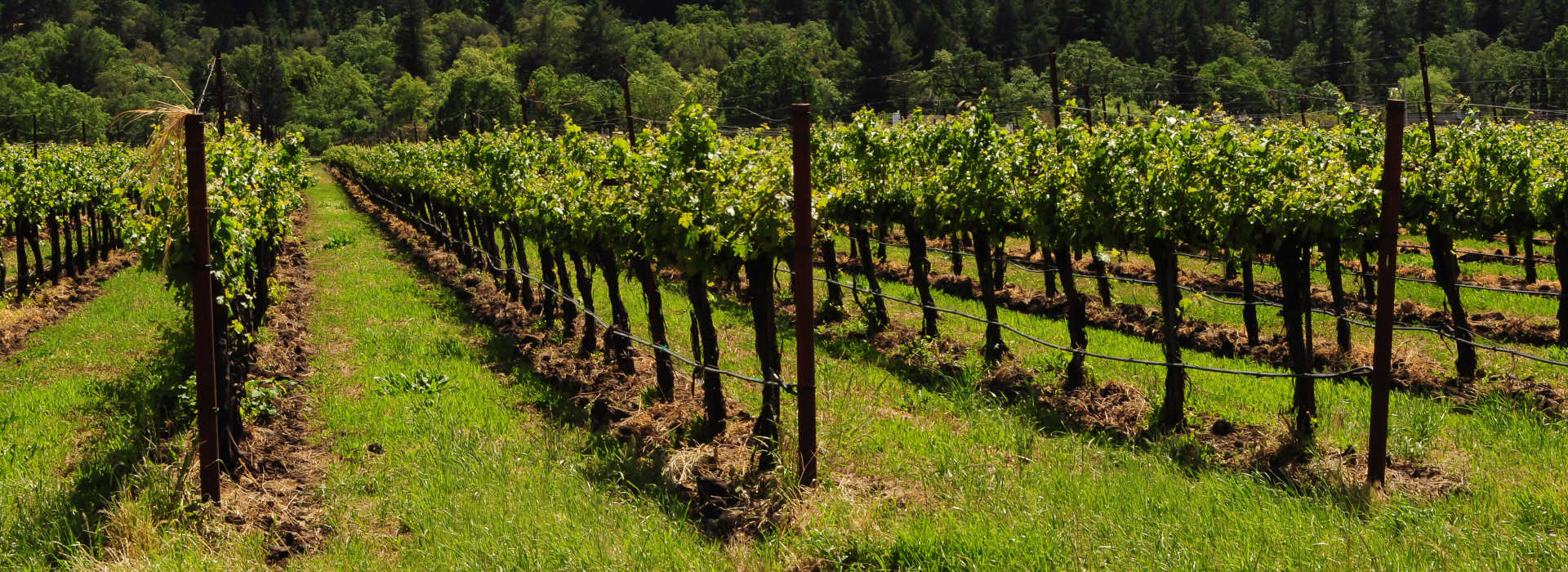Chateau Pedesclaux 2017
-
Wine
Enthusiast -
James
Suckling -
Wine
Spectator -
Jeb
Dunnuck - Decanter
-
Robert
Parker



Product Details
Your Rating
Somm Note
Winemaker Notes
Blend: 65% Cabernet Sauvignon, 25% Merlot, 7% Cabernet Franc, 3% Petit Verdot
Professional Ratings
-
Wine Enthusiast
This generous wine revels in its ripe Cabernet Sauvignon. It has firm tannins already fully integrated into the ripe blackberry fruit notes. Drink this fine wine from 2024.
Barrel Sample: 93-95 -
James Suckling
Lots of plum and cherry aromas with terracotta and crushed-stone undertones. Full to medium body. Tight and juicy on the palate. Round, firm tannins, yet really spicy and flavorful. Cloves and nutmeg. Hints of new oak. A blend of 65% cabernet sauvignon, 25% merlot, 7% cabernet franc and 3% petit verdot. Need three or four years to come together. Better after 2022.
-
Wine Spectator
A fresh, unadorned style, with red currant, pomegranate and bitter cherry fruit flavors giving this a racy, slightly high-pitched feel up front. Shows a solid graphite edge through the fruit, revealing a good tug of earth at the very end, with lingering tobacco and chestnut echoes. Cabernet Sauvignon, Merlot, Cabernet Franc and Petit Verdot. Best from 2022 through 2038.
-
Jeb Dunnuck
This estate has been on a roll of late, fashioning outstanding wine after outstanding wine, and the 2017 Chateau Pedesclaux is terrific. Based on 65% Cabernet Sauvignon, 25% Merlot, 7% Cabernet Franc and 3% Petit Verdot, aged in 40% new oak and representing just 60% of the total production, it reveals a vivid purple hue as well as perfumed notes of cassis, violets, and graphite. Incredibly elegant, balanced, and with silky tannins, it’s a classic Pauillac that’s already approachable yet will evolve for 20 years or more.
-
Decanter
This is packed with rich ripe fruit, a supple texture and a burnished oak feel that adds character to the vintage without being overdone. What this estate has done successfully is work with the issues of 2017 and presented a wine that is slick and has polish.
-
Robert Parker's Wine Advocate
A blend of 65% Cabernet Sauvignon, 25% Merlot, 3% Petit Verdot and 7% Cabernet Sauvignon, the 2017 Pedesclaux is medium to deep garnet-purple in color. The nose reveals a stunning perfume of wilted roses, lilacs and Ceylon tea, over a core of kirsch, raspberry pie and warm blackberries plus touches of garrigue and pencil shavings. Medium-bodied, fresh and fragrant in the mouth, it has soft, easy-going tannins and a compelling iron ore note on the finish.
Other Vintages
2022-
James
Suckling - Decanter
-
Jeb
Dunnuck
-
James
Suckling - Decanter
-
Jeb
Dunnuck -
Robert
Parker
-
James
Suckling -
Jeb
Dunnuck -
Robert
Parker - Decanter
-
Robert
Parker -
Jeb
Dunnuck -
James
Suckling
-
Jeb
Dunnuck -
James
Suckling -
Robert
Parker - Decanter
-
Wine
Spectator
-
James
Suckling - Decanter
-
Jeb
Dunnuck -
Robert
Parker -
Wine
Spectator
-
James
Suckling -
Wine
Enthusiast -
Robert
Parker -
Wine
Spectator - Decanter
-
James
Suckling -
Jeb
Dunnuck -
Wine
Enthusiast -
Robert
Parker -
Wine
Spectator
-
James
Suckling -
Jeb
Dunnuck -
Wine
Spectator
-
Wine
Spectator -
James
Suckling
-
James
Suckling -
Wine
Spectator -
Wine &
Spirits
-
James
Suckling -
Wine
Enthusiast -
Wine
Spectator




The Chateau Pedesclaux was created in the beginning of the 19 century, in 1810, by Mr Pierre Urbain Pedesclaux, a well-known wine broker of Bordeaux. In 1855, the Chateau Pedesclaux was classified 5° great growth.
In 1891, the Count of Gastebois bought the property. It was the subject of a full reconstruction, which helped to improve the quality of the wines. After the death of Mr. de Gastebois in 1904, the administration of the estate is entrusted to his son-in-law, Count Bernard de Vesins. He bequeathed the property in 1919 to his grandchildren, the Count of Xavier Erceville and Count Michel du Lac. In 1928, the first crusher-de-stalker Médocain COQ brand is used at the Chateau Pedesclaux.

One of the world’s most classic and popular styles of red wine, Bordeaux-inspired blends have spread from their homeland in France to nearly every corner of the New World. Typically based on either Cabernet Sauvignon or Merlot and supported by Cabernet Franc, Malbec and Petit Verdot, the best of these are densely hued, fragrant, full of fruit and boast a structure that begs for cellar time. Somm Secret—Blends from Bordeaux are generally earthier compared to those from the New World, which tend to be fruit-dominant.

The leader on the Left Bank in number of first growth classified producers within its boundaries, Pauillac has more than any of the other appellations, at three of the five. Chateau Lafite Rothschild and Mouton Rothschild border St. Estephe on its northern end and Chateau Latour is at Pauillac’s southern end, bordering St. Julien.
While the first growths are certainly some of the better producers of the Left Bank, today they often compete with some of the “lower ranked” producers (second, third, fourth, fifth growth) in quality and value. The Left Bank of Bordeaux subscribes to an arguably outdated method of classification that goes back to 1855. The finest chateaux in that year were judged on the basis of reputation and trading price; changes in rank since then have been miniscule at best. Today producers such as Chateau Pontet-Canet, Chateau Grand Puy-Lacoste, Chateau Lynch-Bages, among others (all fifth growth) offer some of the most outstanding wines in all of Bordeaux.
Defining characteristics of fine wines from Pauillac (i.e. Cabernet-based Bordeaux Blends) include inky and juicy blackcurrant, cedar or cigar box and plush or chalky tannins.
Layers of gravel in the Pauillac region are key to its wines’ character and quality. The layers offer excellent drainage in the relatively flat topography of the region allowing water to run off into “jalles” or streams, which subsequently flow off into the Gironde.
